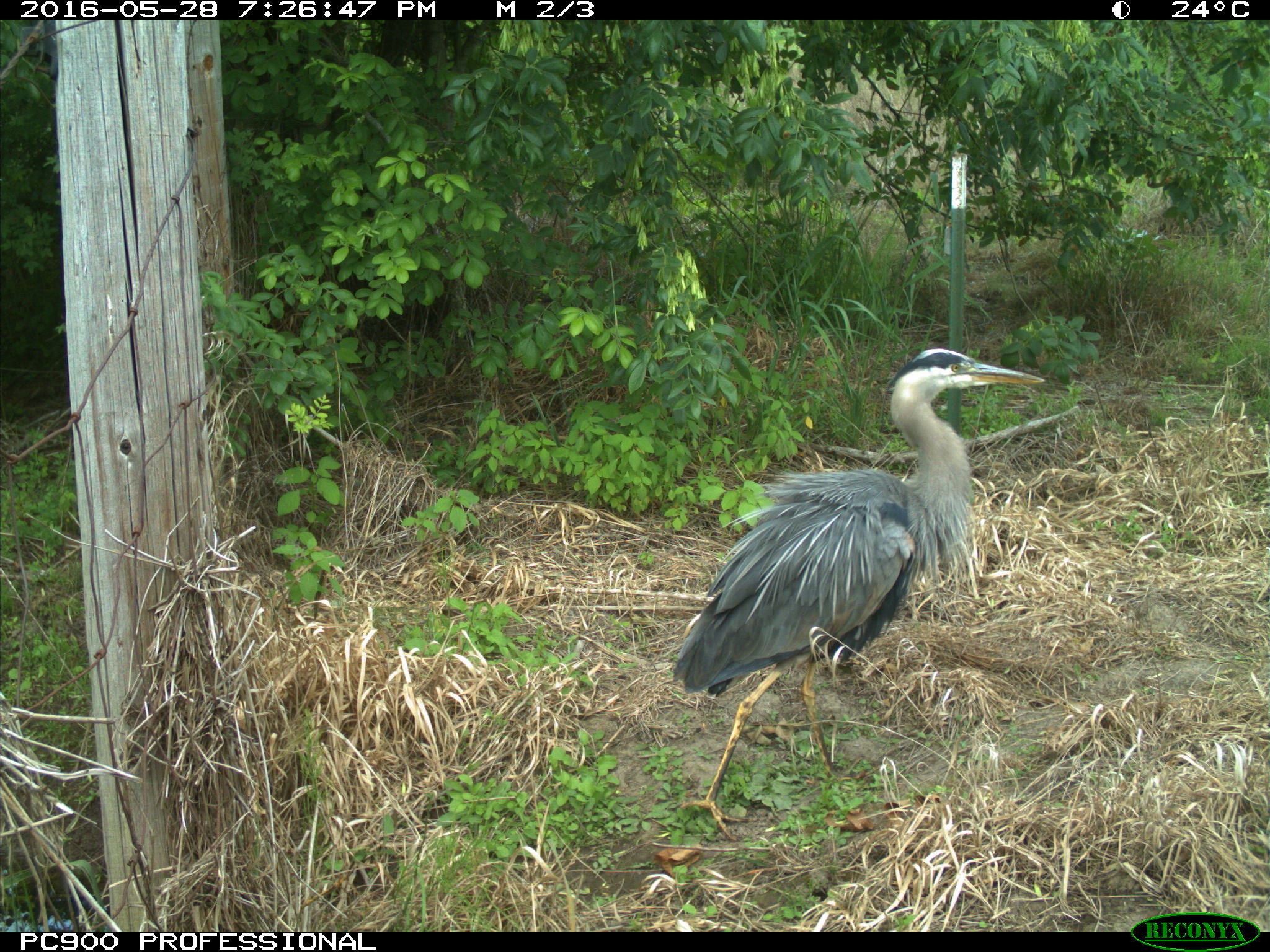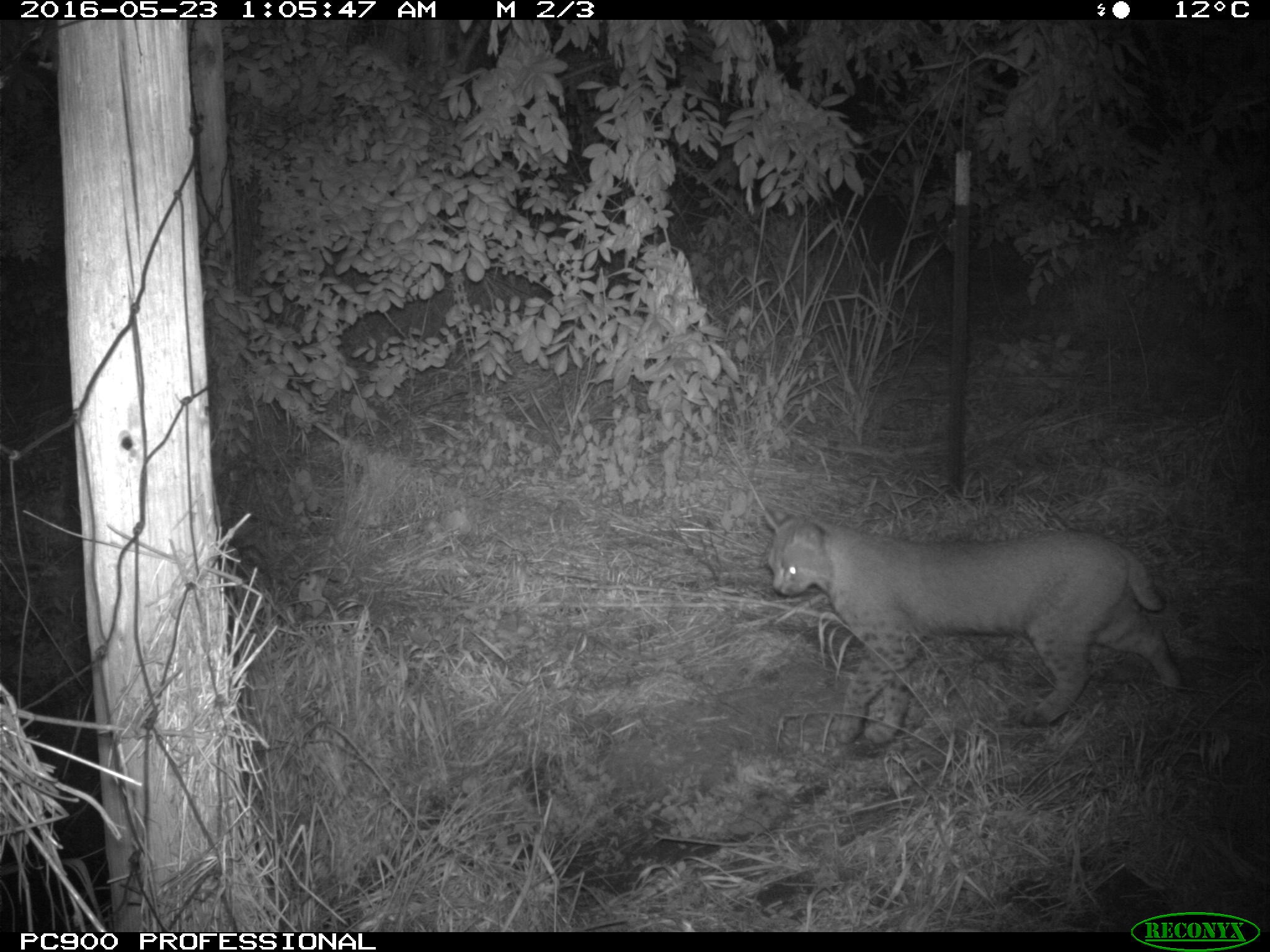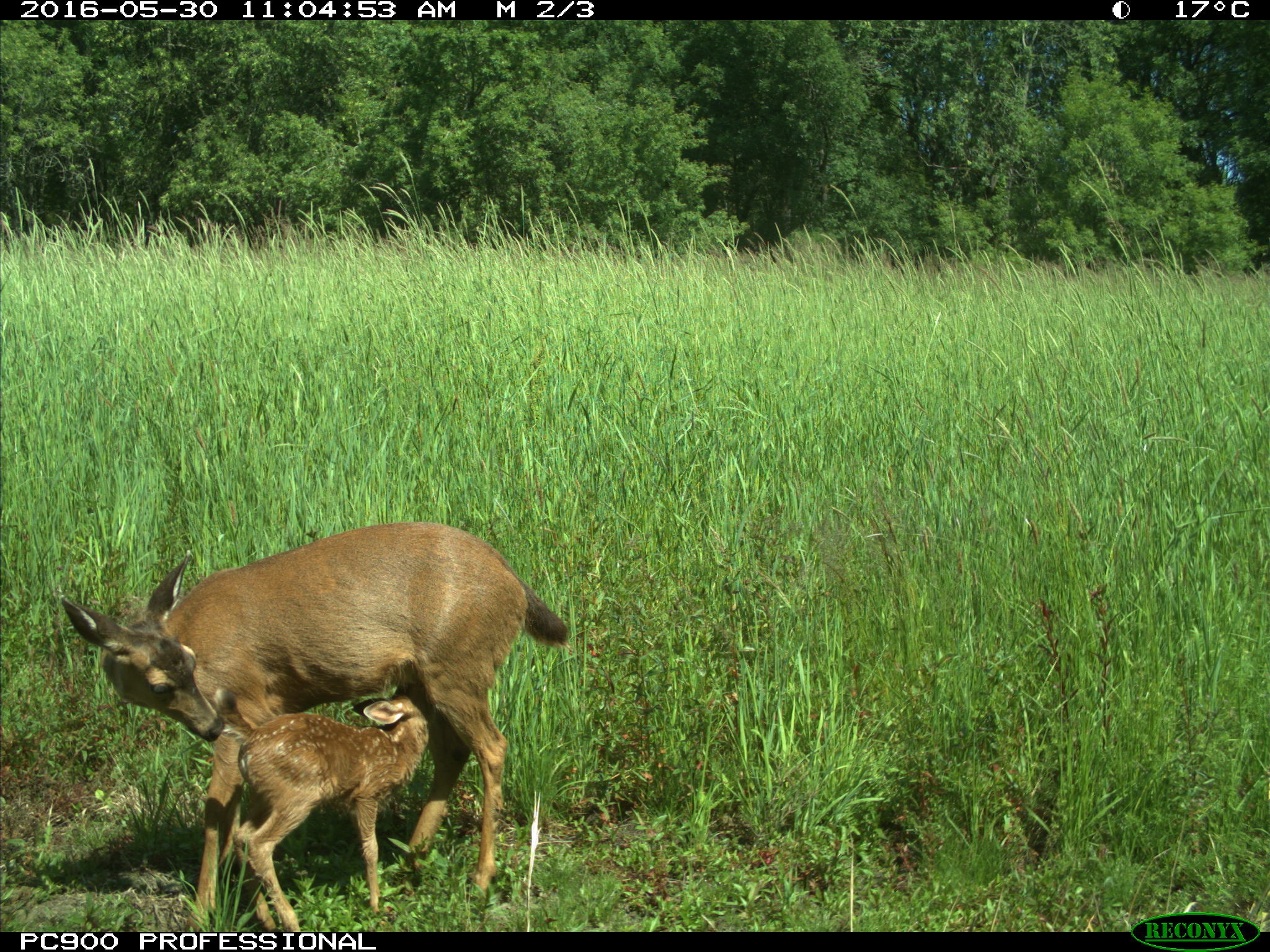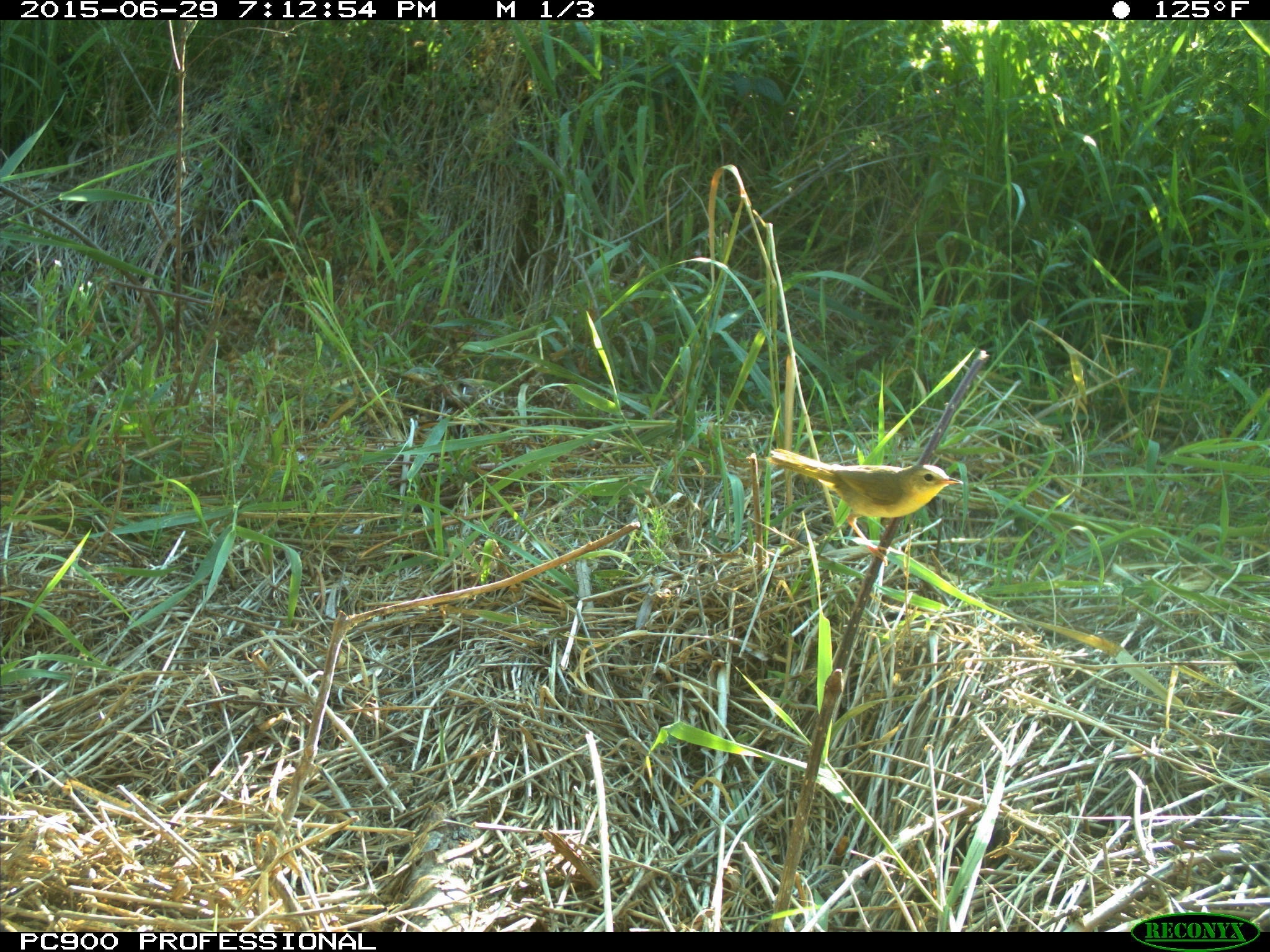Improved wildlife habitat is one of the many benefits of healthy tree/shrub cover. Here in Oregon’s Tualatin River Watershed, turtles are among the animals that need what Tree for All has to offer. That’s why Tree for All partners are recruiting volunteers from the community to help gather data about our beloved Oregon turtles. Attend a training to be part of a regional effort to monitor Oregon’s two freshwater turtle species and to help scientists track biodiversity and restoration success at Tree for All project sites.
Western painted turtle (photo: Grace Alfieri)
These two native turtle species are the Western painted turtle (Chrysemys picta bellii) and the Western pond turtle (Actinemys marmorata), which are identified as priority at-risk species in the Oregon Conservation Strategy . The Western Pond Turtle is also “under review” for a federal listing under the Endangered Species Act. Volunteers will also be on the lookout for two invasive species of turtles: Red eared sliders (Actinemys marmorata) and Common snapping turtles (Chelydra serpentine). Learn more about these species on oregonturtles.com.
Western pond turtle (photo: Oregon Dept. of Fish & Wildlife)
This training is a great opportunity to learn about native and non-native Oregon turtles, local conservation efforts, and the logistics of surveying and taking data. Participants are trained and assigned to survey pods where they survey for and identify native and non-native species of turtles. Surveys take approximately one hour per site and take place at least once a week between April 1 and July 1 in a variety of locations around the Tualatin River Watershed. It’s a great way to do hands-on work in the watershed, and an interesting complement to tree planting. Attend the training to learn all about Oregon turtles, help spot them in the wild, and then impress friends and family with your newfound turtle knowledge.
Upcoming trainings:
Thursday, March 16
6-8 pm
City of Tigard Public Works
8777 SW Burnham St, Tigard
Presented by Clean Water Services
Saturday, March 25
1-3 pm
Tualatin Hills Nature Center
15655 SW Millikan Way, Beaverton
Presented by THPRD Natural Resources
Click here for more information and to register, or email commsci@cleanwaterservices.org.


















































